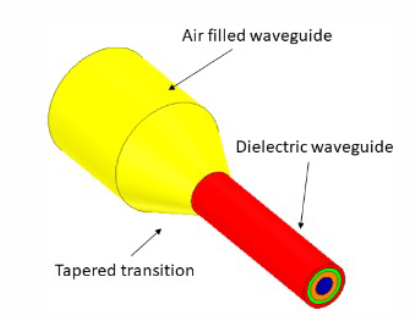The Problem:
Reflector antennas have applications in radio and microwave communications, astronomy, and the radar industry. Today, microwave point to point transmission dominates mobile backhaul, where it connects about 60% of macro base stations around the world. Current methods used to feed the reflector antenna include horn antenna, dipole array, spiral antenna, and open-end waveguide, but these fail to incorporate a number of beneficial features, are expensive, and difficult to maintain.
The Solution:
Researchers at the University of Alabama have developed a multi-core dielectric-filled circular waveguide that significantly reduces the size of a commonly used reflector antenna for all frequency bands in areas of commercial, industrial, military, and space applications. The different dielectric material fillers reduce the overall size of the feeder and reflector beam. The reduced size allows for ease of maintenance and reduced expenses versus the existing bulky designs.


Benefits:
• Significant size reduction while maintaining the similar radiation performance.
• Wide band coverage with a single feed.
• Easy to fabricate through 3D printing.
• Reduced expense.
• Light weight design.
• Easy to mount on an existing reflector antenna.
• Environmentally friendly.
Patent:
US12160041B2
The University of Alabama Research Office of Innovation and Commercialization (OIC) is a non-profit corporation that is responsible for commercializing University of Alabama technologies and for supporting University research. At OIC, we seek parties that are interested in learning more about our technologies and commercialization opportunities, and we welcome any inquiries you may have.